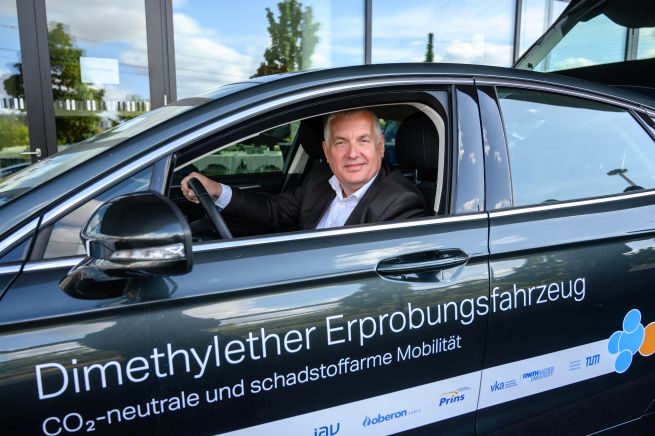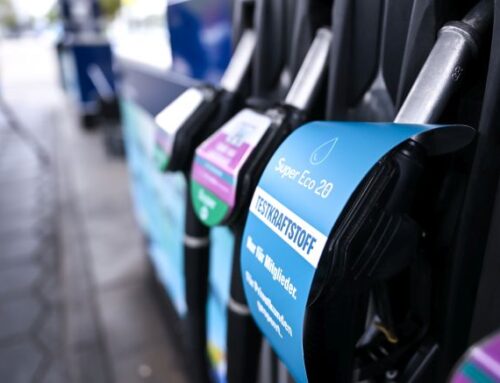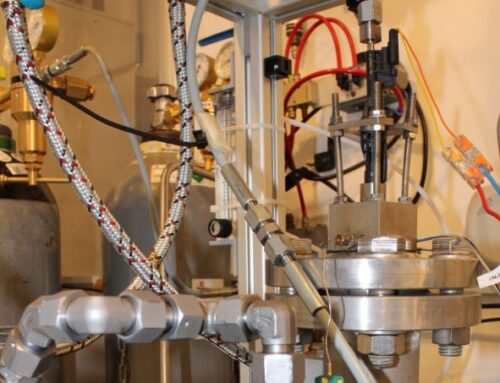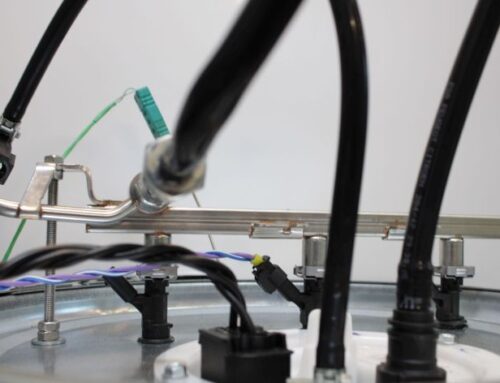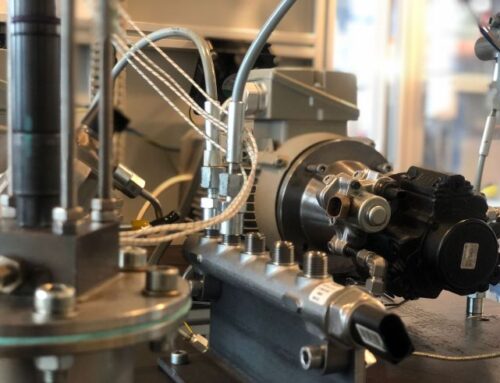New alternative fuels undergoing testing
22 October 2020 –
Methanol is one of the chemicals that could also play an increasingly important role in the production of low-greenhouse gas fuels in the future. Currently the main focus of methanol production is on fossil raw materials. However, the production processes of methanol and its further processing into fuels will in principle also enable the use of renewable raw materials in the future. Low-emission methanol-based fuels that can be produced from renewable sources could play an important role in climate protection alongside electromobility. Especially if they were to gradually replace petroleum-based fuels in the existing vehicles that will still be available in the long term.” This was pointed out by Klaus Lucka, Managing Director of TEC4FUELS GmbH, in his presentation on new alternative fuels at the Eurofuel-NORA web conference on 9 September 2020.
Methanol can be produced from carbon monoxide (CO) and hydrogen (H2). In the case of regenerative methanol production, CO can be separated from power plant exhaust gases or ambient air or can be produced from biomass. Hydrogen can be produced by electrolysis of water with regenerative electricity from wind or solar power plants. The chemical synthesis of CO and H2 results in “green” methanol, which can be further processed into new alternative fuels such as di-methyl ether (DME), oxymethylene ether (OME), octanol, butanol and methanol-to-gasoline (MtG). New standards are currently being drawn up for the use of DME and OME as fuels and the technical basis for standardization of methanol is currently being created in a research project. “This is an important prerequisite for a possible market launch”, said Mr. Lucka. “For this reason, current research projects on alternative fuels and propulsion systems in the methanol path are concentrating on these three fairly advanced options.”
DME is gaseous under normal conditions and becomes liquid under low pressure of 6 to 7 bar. In principle, it can be handled like liquefied petroleum gas (LPG) as a fuel and requires similar technical modifications to the engine. One important difference to LPG: DME can be used in diesel engines. OME is a liquid fuel that is suitable as an admixture to conventional fuels exclusively for diesel vehicles. In addition to low CO2 emissions, it also shows a significant reduction in soot emissions. In the methanol-to-gasoline process, methanol is converted into a high-octane gasoline substitute. The fuel is sulfur-free and has low benzene content.
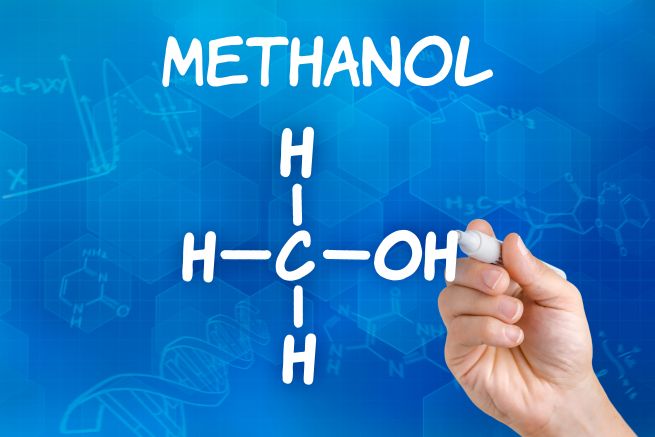
Methanol is the simplest member of the substance group of alcohols. Photo: Zerbus – Adobe Stock
“Before these fuels can be launched on the market, extensive tests are required, for example, on their compatibility with other fuels and the materials of fuel-carrying components, as well as their shelf life”, clarified Mr. Lucka. In the second part of our article series, you can find out what demands are placed on new fuels and how fast, cost-effective and valid test procedures for fuels and technical components can ensure the market launch of new products.
